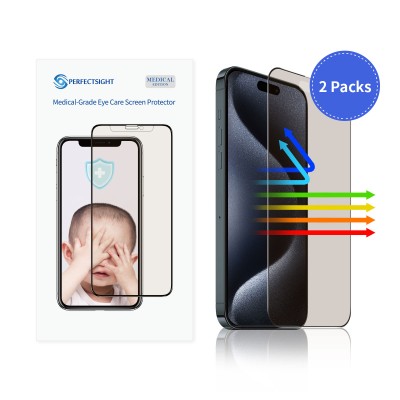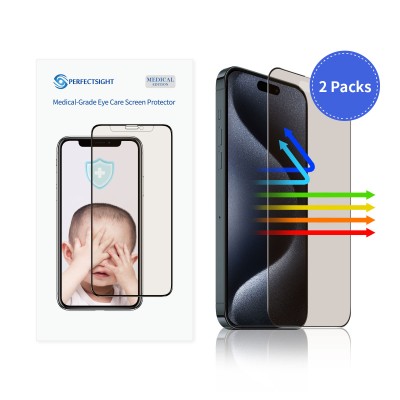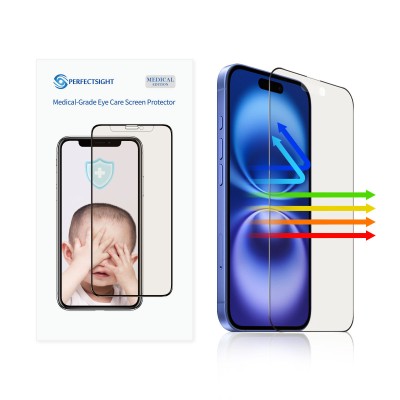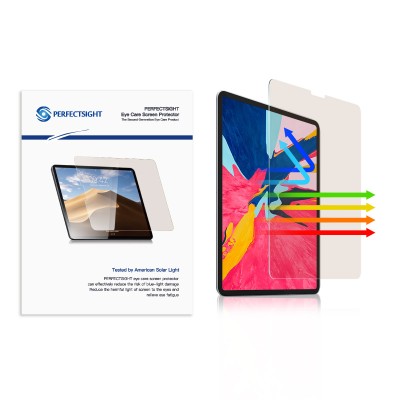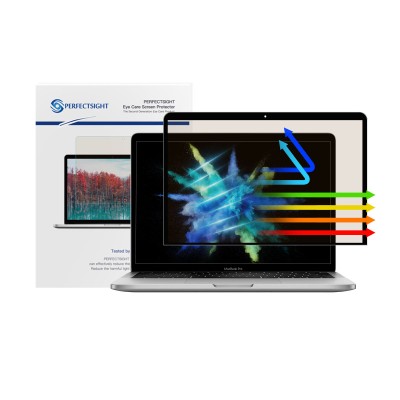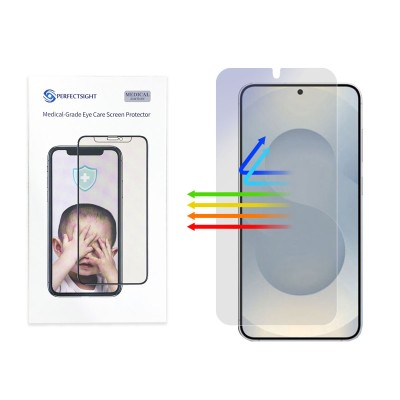What is an Anti-Reflective Coating?
The new Samsung Galaxy S25 model has recently been released, featuring an anti-reflective screen protector that provides users with a satisfying experience. But what exactly is an anti-reflective screen protector, and what role does it play in our daily lives?
What is an Anti-Reflective Coating?
An anti-reflective coating (AR coating) is a thin layer of material designed to reduce light reflection, typically applied to glass or plastic surfaces. Its primary function is to decrease the reflection of light on the material's surface, allowing more light to pass through the screen and thereby enhancing visual clarity. Common applications include smartphone screens, eyeglass lenses, camera lenses, and microscope optics.
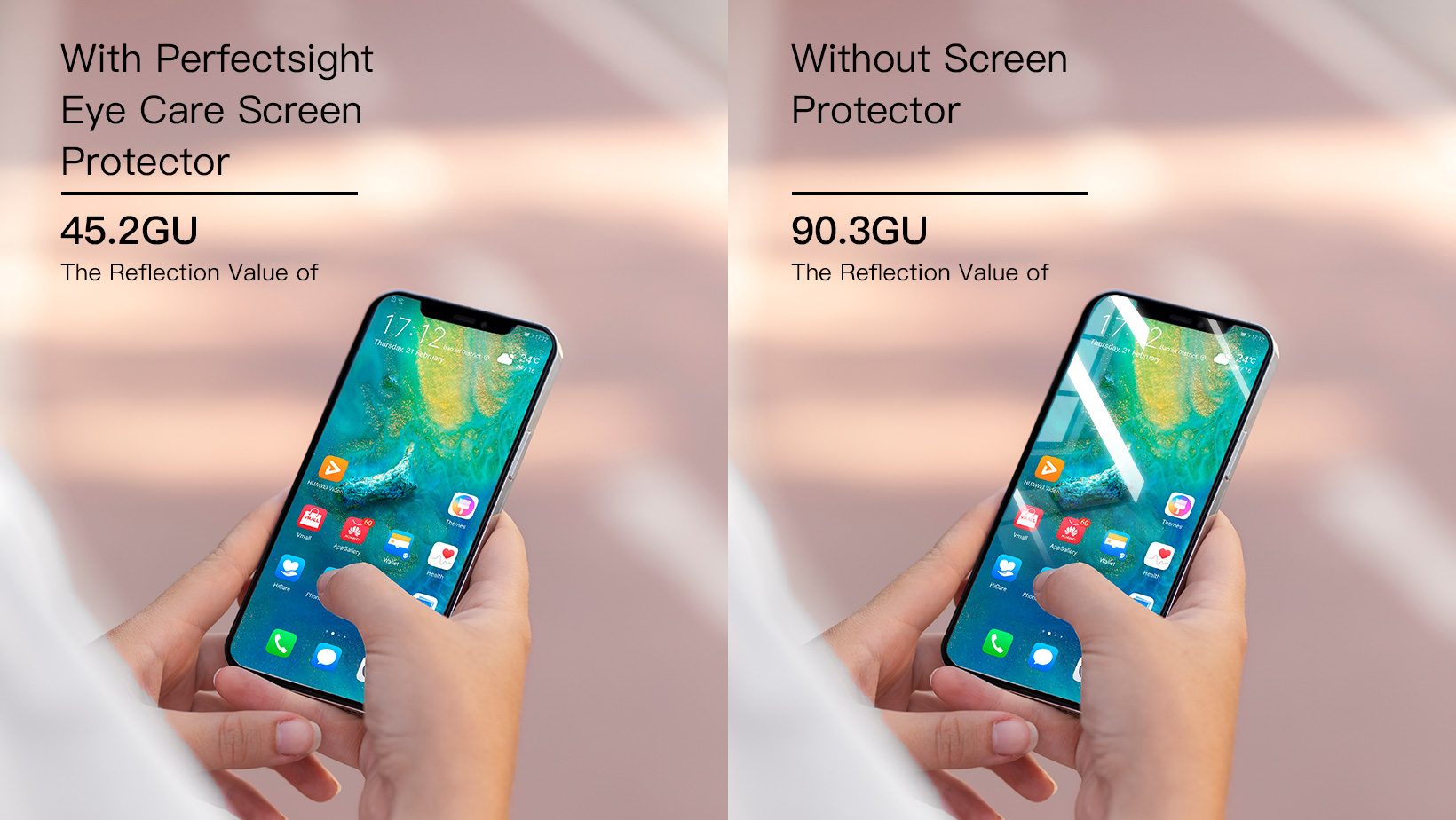
How Does an Anti-Reflective Coating Screen Protector Work?
Anti-reflective coating screen protectors achieve their function by creating microscopic structures on the surface of the protector. These structures disrupt the path of light reflections, causing light to refract and scatter multiple times before reaching the observer's eyes, thus reducing the intensity of direct reflections.
Optical Design: Anti-reflective coatings typically consist of multiple thin layers, each with a different refractive index. As light passes through these layers, interference occurs, resulting in some light being absorbed or reflected, ultimately reducing surface reflections.
Selective Absorption: Some anti-reflective coatings can selectively absorb specific wavelengths of light, further reducing glare and enhancing screen readability.
Through these technologies, anti-reflective screen protectors effectively minimize glare under bright sunlight or strong lighting conditions, improving the overall user experience.

Are Anti-Glare and Anti-Reflective the Same?
Many people confuse anti-glare with anti-reflective, but they are actually two distinct technologies.
Anti-Reflective: This primarily focuses on reducing light reflection on the surface to enhance the clarity of displayed content, especially in bright environments.
Anti-Glare: This goes beyond merely reducing reflections; it involves special surface treatments that eliminate direct light and glare, making the viewing experience more comfortable. Anti-glare screens often incorporate a textured surface to scatter light.
In summary, anti-reflective technology aims to reduce reflections on the screen surface, while anti-glare technology lowers glare by scattering light. Although their objectives are similar, the methods of implementation differ.
Anti-reflective coating screen protectors provide an opportunity to enhance the visual experience, especially in bright lighting conditions. Understanding how they work and their differences can help us choose the right screen protection products while better protecting our eyes. By selecting a screen protector with an anti-reflective coating, you can enjoy a clearer and more comfortable experience with your devices.
